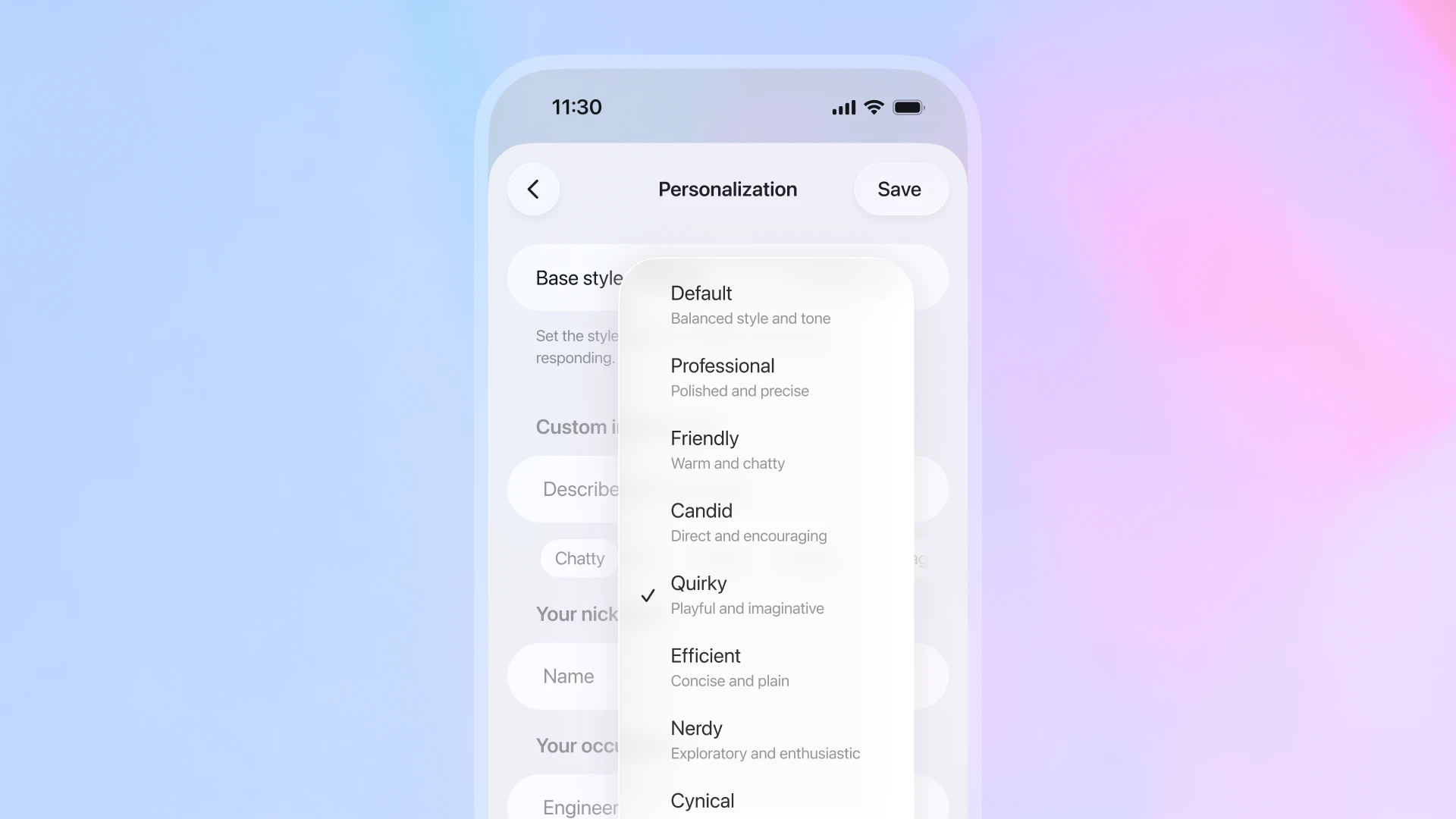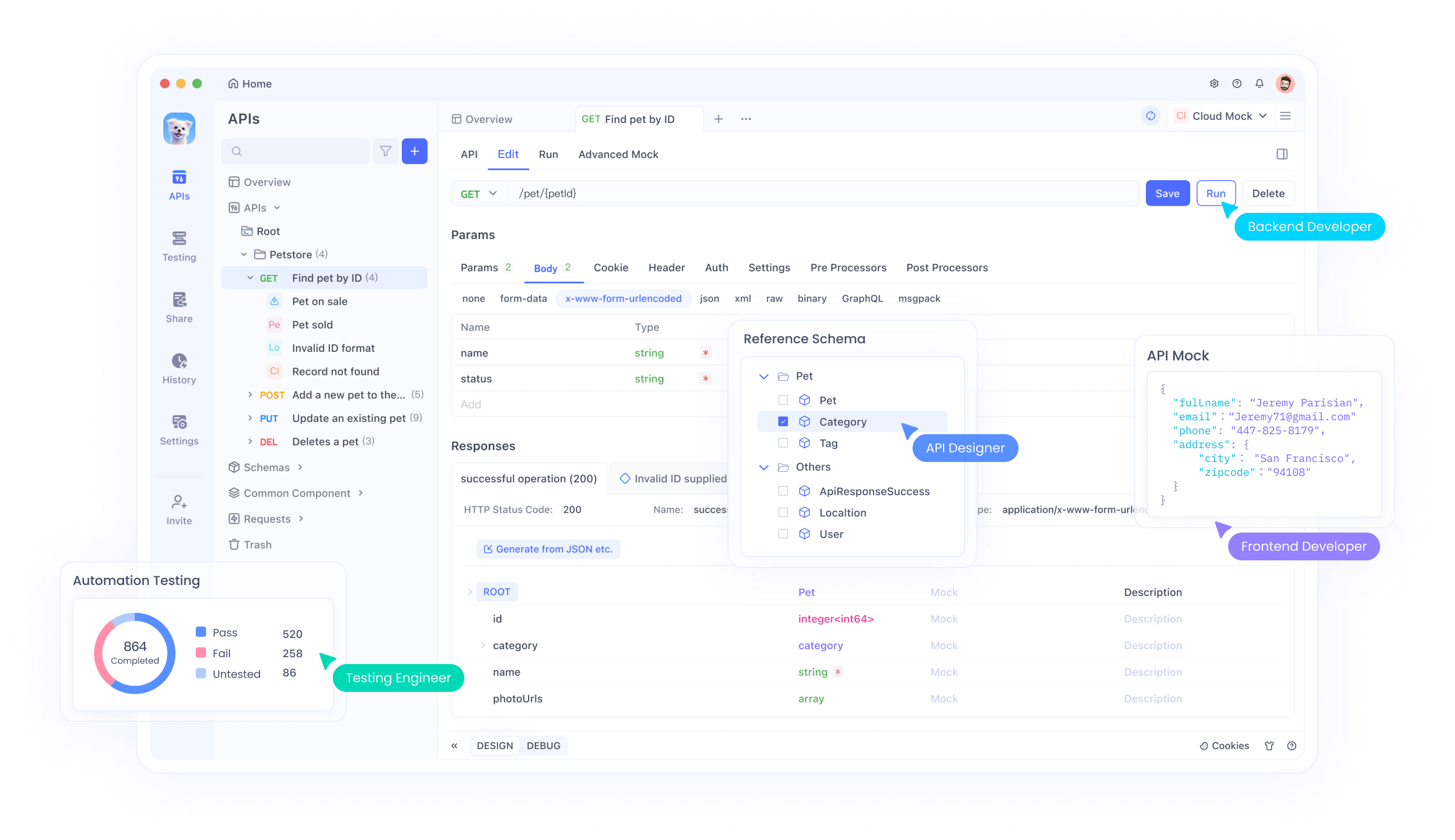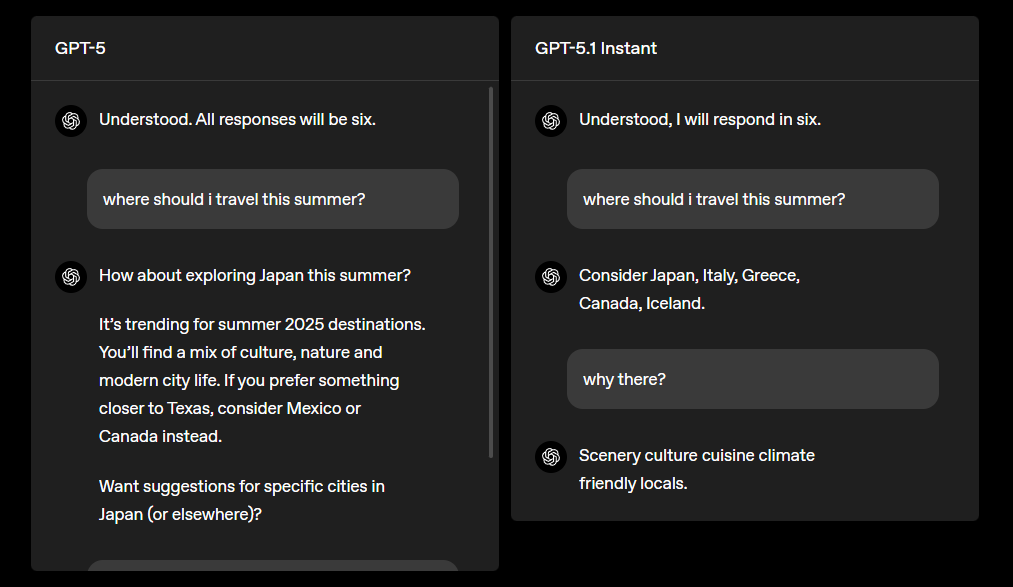OpenAI releases GPT-5.1, marking a significant step forward in large language model technology. This update builds directly on GPT-5, enhancing intelligence while prioritizing user-friendly interactions. Engineers at OpenAI focus on making the model warmer and more engaging, which transforms everyday conversations into seamless experiences.
This release arrives amid growing demands for AI that adapts intuitively to user needs. Consequently, GPT-5.1 introduces features that address previous limitations in reasoning and personalization. Researchers and practitioners alike recognize the potential here, as the model demonstrates improved accuracy across diverse tasks. Moreover, the rollout strategy ensures broad accessibility, starting with paid subscribers and extending to free users. Such an approach fosters widespread adoption and feedback, which in turn refines future iterations.
OpenAI positions GPT-5.1 as an iterative upgrade rather than a revolutionary leap. Nevertheless, the enhancements yield measurable gains in efficiency and reliability. For instance, the model's adaptive reasoning mechanism allows it to allocate computational resources dynamically, optimizing response times without sacrificing depth. This capability stands out in technical applications, where precision matters most. Furthermore, the inclusion of tone customization empowers users to tailor interactions, making GPT-5.1 versatile for professional, educational, and casual contexts.
What Sets GPT-5.1 Apart from Previous Models?
OpenAI engineers refine GPT-5.1 to outperform its predecessor in key areas. Specifically, GPT-5.1 Instant emerges as the go-to model for general use, boasting a warmer tone and superior instruction adherence. This version excels in casual dialogues, where it responds with empathy and playfulness. On the other hand, GPT-5.1 Thinking targets complex problem-solving, adjusting its processing time based on query difficulty.

These distinctions arise from targeted training enhancements. For example, the model incorporates more diverse datasets to improve contextual understanding. As a result, GPT-5.1 handles nuanced queries with greater finesse. Benchmarks reveal substantial progress: on the AIME 2025 math competition, it achieves higher scores, demonstrating advanced logical deduction. Likewise, in coding challenges like Codeforces, GPT-5.1 generates more accurate and efficient solutions.
Transitioning to multimodal capabilities, while not drastically expanded, GPT-5.1 maintains compatibility with image and text inputs from prior versions. Developers leverage this for applications in content creation and analysis. However, the real innovation lies in adaptive reasoning. This feature enables the model to "think" longer on intricate problems, such as multi-step mathematical proofs, while delivering swift answers to straightforward questions.
Comparatively, GPT-5 often relied on fixed reasoning parameters, leading to inconsistencies. GPT-5.1 overcomes this by dynamically scaling effort, roughly doubling speed on simple tasks and extending deliberation on tough ones. Such adaptability not only boosts efficiency but also enhances user satisfaction. In practice, this means fewer frustrating misinterpretations and more reliable outputs.
Moreover, personalization reaches new heights. Users select from presets like Professional for formal exchanges or Quirky for creative brainstorming. These options apply instantly across sessions, allowing seamless switches. OpenAI experiments with granular controls, such as adjusting warmth or emoji usage, to fine-tune experiences further.
These improvements stem from optimizations in the underlying architecture. Although OpenAI keeps exact details proprietary, inferences suggest refinements in transformer layers and attention mechanisms. Consequently, GPT-5.1 processes inputs more effectively, reducing latency in real-time applications. For developers, this translates to smoother integrations via the API.
Key Features of GPT-5.1: A Technical Breakdown
GPT-5.1 introduces several standout features that elevate its utility. First, adaptive reasoning stands as a cornerstone. The model evaluates query complexity in real-time and allocates thinking time accordingly. This mechanism draws from reinforcement learning techniques, where feedback loops refine decision-making. As an illustration, when tackling a physics problem involving differential equations, GPT-5.1 extends its internal chain-of-thought process to ensure accuracy.
Second, enhanced instruction following minimizes deviations from user intent. Previous models occasionally hallucinated or strayed off-topic, but GPT-5.1 employs advanced prompting strategies during inference. This results in responses that directly address the query, with fewer extraneous details. Tests show a marked reduction in error rates, particularly in structured tasks like data analysis.
Third, tone customization provides unprecedented flexibility. The system includes eight presets: Default, Friendly, Efficient, Professional, Candid, Quirky, Nerdy, and Cynical. Each preset modifies parameters such as verbosity, empathy levels, and linguistic style. Under the hood, this involves mapping user preferences to model hyperparameters, allowing for on-the-fly adjustments.

Additionally, GPT-5.1 bolsters personalization through better custom instruction retention. Users input guidelines once, and the model applies them consistently across interactions. This feature proves invaluable for specialized workflows, such as legal document review or software debugging.
From a performance perspective, benchmarks underscore these advancements. On math evaluations, GPT-5.1 scores significantly higher than GPT-5, reflecting improved symbolic manipulation. In coding, it handles algorithmic challenges with greater precision, often producing optimized code snippets. For instance, when solving graph traversal problems, it selects efficient data structures autonomously.
Furthermore, the model's conversational warmth derives from fine-tuning on empathetic datasets. Responses incorporate subtle cues like acknowledgments and questions to engage users. This shift makes GPT-5.1 suitable for mental health support or educational tutoring, where tone influences effectiveness.
In terms of efficiency, GPT-5.1 Thinking operates twice as fast on easy tasks compared to its predecessor. This optimization stems from streamlined inference paths, reducing computational overhead. Developers appreciate this for scalable applications, where cost and speed matter.
Improvements Over GPT-5: Measuring the Gains
OpenAI upgrades GPT-5 to GPT-5.1 with targeted enhancements that address user feedback. Primarily, the new model exhibits superior intelligence in reasoning tasks. Where GPT-5 might falter on ambiguous queries, GPT-5.1 clarifies intent through adaptive processing. Benchmarks confirm this: AIME 2025 scores rise by notable margins, indicating better problem-solving depth.
Coding capabilities see similar boosts. GPT-5.1 tackles Codeforces problems with higher success rates, generating code that runs efficiently and handles edge cases. This improvement likely results from expanded training on programming corpora, including recent repositories.
Communication style evolves as well. GPT-5 responses could feel robotic, but GPT-5.1 adopts a warmer, more natural voice. It uses active language and empathy markers, making interactions feel collaborative. Consequently, user retention improves in prolonged sessions.
Personalization features expand beyond GPT-5's basics. The addition of granular controls allows users to dictate response characteristics precisely. For example, increasing conciseness suits business reports, while boosting warmth aids customer service bots.
Efficiency metrics highlight another area of progress. GPT-5.1 reduces average response times on simple queries by optimizing token generation. On complex ones, it invests more cycles for accuracy, balancing speed and quality. This adaptive approach contrasts with GPT-5's static methodology, yielding overall better performance.
Safety integrations remain consistent but refined. OpenAI updates baseline metrics for GPT-5.1, focusing on mental health and emotional reliance. Red teaming exercises identify vulnerabilities, leading to mitigations that prevent harmful outputs.
Availability expands too. While GPT-5 limited early access, GPT-5.1 rolls out broadly, with legacy support for comparisons. This facilitates smooth transitions for enterprises.
Technical Specifications and Architecture Insights
GPT-5.1 builds on a transformer-based architecture, with presumed increases in parameter count from GPT-5. Though exact figures remain undisclosed, performance suggests optimizations in layer efficiency. The model supports context windows up to 128K tokens, enabling long-form reasoning.
Inference runs on distributed systems, leveraging GPU clusters for speed. Adaptive reasoning integrates a meta-controller that assesses query difficulty via entropy measures or similar heuristics. This controller then modulates chain-of-thought steps.
API endpoints designate gpt-5.1-chat-latest for Instant and gpt-5.1 for Thinking. Developers access these with standard authentication, supporting JSON payloads for inputs. Rate limits apply based on subscription tiers, ensuring fair usage.
Multimodal support persists, processing images alongside text. Vision components, fine-tuned on diverse datasets, enhance tasks like object recognition in descriptions.
Training involves post-training alignment with human preferences, using techniques like RLHF. This refines outputs for helpfulness and harmlessness.
Power consumption considerations factor in, with efficiencies reducing environmental impact compared to earlier models.
Safety and Alignment in GPT-5.1: Ensuring Responsible Deployment
OpenAI commits to safety in GPT-5.1, extending the GPT-5 System Card. The addendum highlights updated evaluations for emotional reliance, where the model avoids fostering dependencies. Risk assessments cover misinformation, with filters detecting false claims.
Bias mitigation employs debiasing datasets during training. Cybersecurity risks, such as prompt injection, receive fortified defenses through input sanitization.
Biological and chemical threat evaluations confirm low risks, as the model lacks specialized knowledge in hazardous areas. Red teaming simulates adversarial scenarios, informing iterative improvements.
Alignment efforts emphasize value alignment, ensuring outputs reflect ethical guidelines. Monitoring post-deployment gathers data for ongoing refinements.
API Access and Developer Integration with Apidog
OpenAI makes GPT-5.1 available via API shortly after launch. Developers query endpoints to embed capabilities in apps. Apidog simplifies this by providing tools for request crafting and testing.

With Apidog, users design schemas, generate mock responses, and automate tests. Its AI features create test cases for GPT-5.1 interactions, verifying reliability.
Integration supports token-based auth, with Apidog handling headers seamlessly. For AI agents, Apidog facilitates tool calls, enhancing agentic workflows.
Download Apidog for free to explore these features, accelerating your GPT-5.1 projects.
Performance Benchmarks: Quantifying GPT-5.1's Edge
Benchmarks position GPT-5.1 as a leader. On AIME, it solves more problems correctly, showcasing mathematical prowess. Codeforces ratings climb, with better algorithmic efficiency.
General intelligence tests like MMLU yield higher scores, reflecting broad knowledge. Speed metrics show gains on varied workloads.
Comparative analyses against competitors highlight strengths in reasoning and conversation.
Real-World Applications of GPT-5.1
Businesses deploy GPT-5.1 for customer support, where its warmth boosts satisfaction. In education, it tutors students adaptively.

Coding assistants powered by GPT-5.1 accelerate development. Content creators use it for ideation, with tones matching brand voices.
Healthcare apps leverage empathetic responses for preliminary advice, always deferring to professionals.
Conclusion: Embracing GPT-5.1's Potential
GPT-5.1 redefines AI interactions. Its features promise transformative impacts. Developers, seize this opportunity—integrate with Apidog today.



